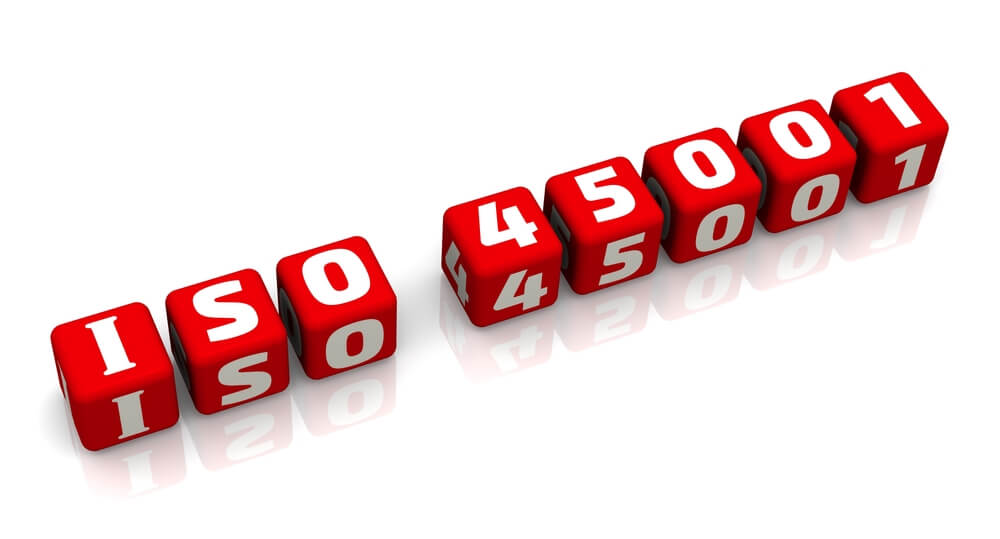Why a Supplier Audit Program is Needed
In the current day and age, regular and more thorough supplier audits play a significant role in order to ensure the integrity of the supply chain. The strength, compliance and efficiency of business organisations largely depend on the opportunities allowed by their supply chains. Even in the premature start-up days, a business entity should never risk the reliability and trustworthiness of their supply chain management practices. Many factors have driven an increase in regulatory requirements such as globalisation, outsourcing, increased complexity of products and spreading out into evolving markets.
An organisation’s potential to survive this increased level of regulatory inspection and sustain its brand equity will mainly rely on the efficiency of its supplier audit program. Therefore, the implementation of a strong auditing system in order to carefully watch observe our suppliers is critical for establishing state-of-the-art quality control.
Development of Supplier Audit Program
Supplier audits can be utilised as a main component for the annual supplier assessment as considered essential by the ISO 9001 standards.
Step 01
As an initial step we have to assemble every piece of information and document which has been exchanged between our company and the supplier, for example contracts, delivery terms, objections or work guidelines. Most importantly, these documents should be requested and properly filed beforehand in the organisation’s supplier documentation.
Step 02
Afterwards, the second step will be to prepare a checklist for the implementation of supplier audit program. This checklist should include the areas you want to audit. In this context, there are some key aspects that can be included as the overall production impression such as conditions, cleanliness, and organisation of production. You can also validate if the storage capacity is appropriate.
In terms of plant equipment and manufacturing you can consider the condition of machinery, presence of service plans and rules for process limitations.
Other aspects to review are internal and external communication, the format used and applied safety measures to ensure security of data.
Moreover, Quality Management within ISO 9001 has a range of requirements which can be used to develop the checklist. Some of the key elements that can be considered from there are:
- Their process to determine customer requirements and measure customer satisfaction.
- Suitability of testing instruments as well as equipment, it must be ensured that they are being checked on regular basis and give reliable results.
- Another component of the checklist is inspection which considers quality management plan
- Employee qualification could also be included to ensure personnel is adequately qualified, trained and informed on safety guidelines on a regular basis.
- Other item beneficial to cover is traceability systems and contingency plans in case they are needed.
There are a range of items that can be included in the audits and there is no one size that fits everyone. This is something that should be developed for each individual organisation to ensure it fits their needs perfectly.
Step 03
The third step is conducting the supplier audit with support of the checklist that was developed. |You are essentially looking at what is the current situation at a supplier compared to the desired one. With the desired one being based on contractually agreed terms with the supplier. Supplier audits can be carried out by the organisation itself or by an outside service provider as an outsourced supplier audit program. As part of the audit a audit report is issued, the report should include everything that was audited and any nonconformities raised.
Step 04
The last step is the follow-up of audit or meeting. Once the audit process is completed it is usually followed by a concluding meeting with the organisation’s supplier to ensure any issues raised has been closed off.
Benefits of a Supplier Audit Program
There are many benefits offered by conducting supplier audits. It makes sure that an efficient and well-designed Quality Management System has been established in the organisation and is working as intended. Another big plus is ensuring any legal or contractual requirements are being adhered to throughout your supply chain. Likewise, a long-term business association can be developed because of the dynamic way of communication between customers and the suppliers.
If you are looking for support with setting up your supplier audit program or interested in outsourcing the function. Please contact us for a free consultation.


















